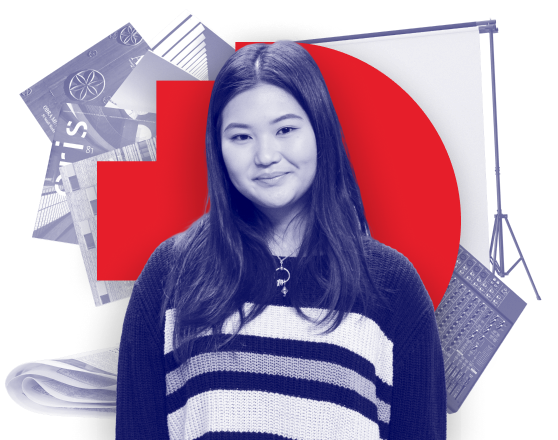You can work in user experience design, art direction, animation and emerging fields of virtual and augmented reality.
The Diploma of Screen and Media (Animation, Gaming and Visual Effects) provides you with the skills you need to become a creative and capable digital professional.
As an industry-driven course, the Diploma of Screen and Media (Animation, Gaming and Visual Effects) is ideal for students who want to establish a professional animation, gaming and visual effects career in the film, television, online entertainment or gaming industry. You will undertake fundamental units in design, interactivity, 2D and 3D imaging and animation, and media production (video and audio). With a focus on creativity, design thinking and conceptual development, this course will give you an understanding of the fundamental design, technical and management skills required to work in these growing fields.





